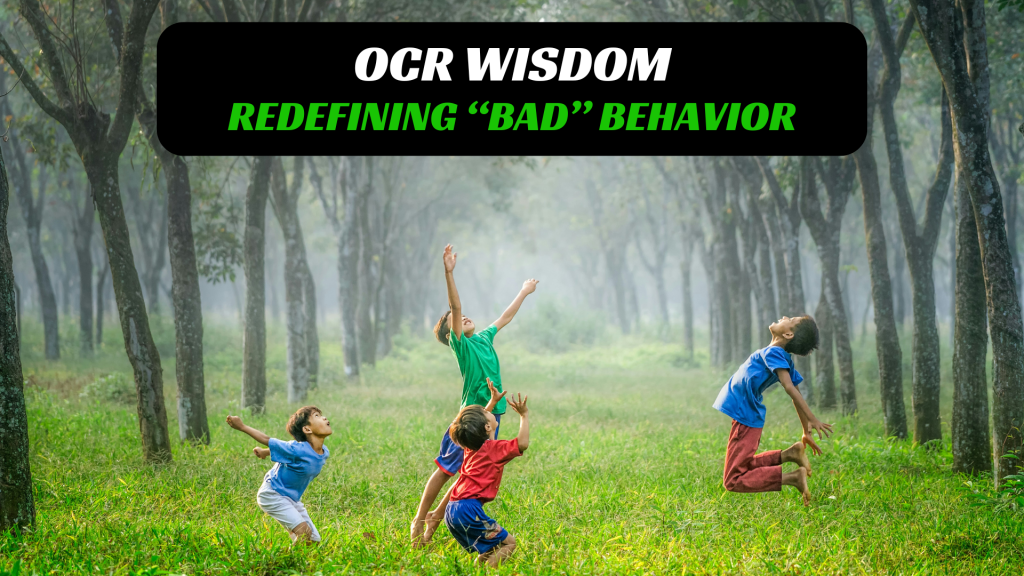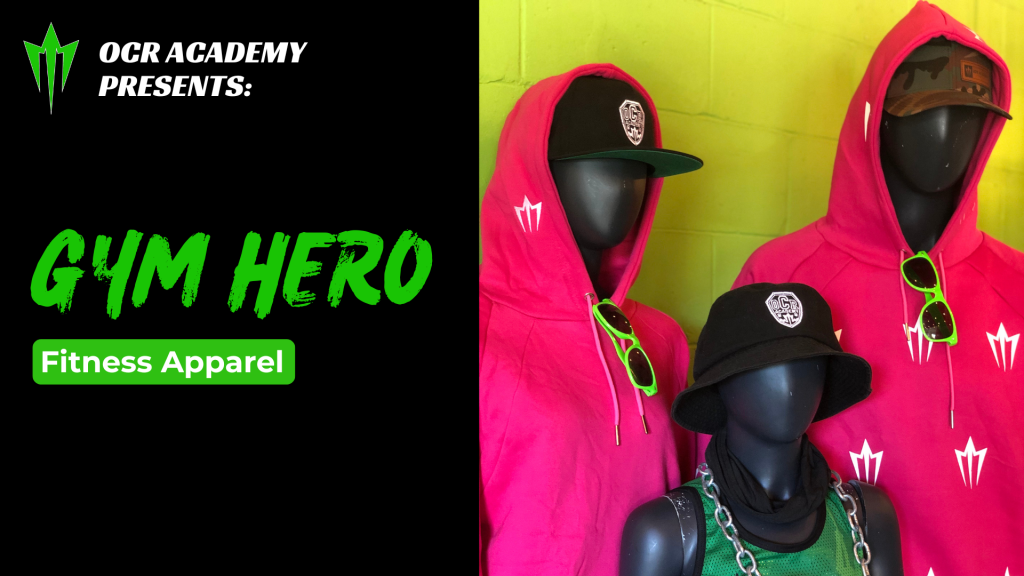There is no such thing as bad children. A child may be disrespectful, whining, impulsive, aggressive, inquisitive, non-cooperative. But none of these actions defines the word bad. Bad means failing to reach an acceptable standard. The thing is, we are not raising kids, but future adults. So, they do not technically know what the standard is as they have not reached full potential. We sometimes forget that it is our goal as a tribe (takes a village to raise a child) to give the child the necessary tools to navigate different situations with a logical and empathetic approach to any situation.
The word bad is such a strong, demeaning and judgemental label especially when we are talking about someone who is not fully optimized and learning how to operate a complex muscle such as our brain. Even using the word good as a goal could imply that someone is being bad, and even if they are acting a certain way, telling someone to be good is just not the right approach.
When a child is acting in a certain way, it is because they do not know how to regulate those raw emotions they are feeling, they do not have decades of life lessons that tell them that throwing a temper tantrum is not an effective way to communicate their disapproval towards something. Also, when a child acts in a positive, empathetic, logical approach, it does not make them “better” than their counterparts, they just know how to utilize their biggest muscle, the brain. Objectifying the behavior can help start a different way of helping your child to know how to make healthy choices.
Continuing to encourage your child to try new things or to keep trying something can also help. Asking children what they think about their behavior and maybe what they could have done instead to not receive a consequence can help too. The asking can help your child learn how to see the cause and effect of a particular behavior. This can be a great learning and shaping tool for preparing the child to see more cause and effect as he or she ages and matures.
We know that as we age, our brain continues to develop, and our prefrontal cortex is an important part of our brain. It is at the front of the frontal lobe, which is immediately behind the forehead. It affects your behavior, personality, and ability to plan. It is the last thing to fully develop until you are 25, or if you are like me, 35. The prefrontal cortex is involved in many brain functions. One of the most important ones is executive function, or the ability to self-regulate and plan ahead.
Examples of executive function include:
- Controlling your behavior and impulses
- Delaying instant gratification
- Regulating your emotions
- Planning
- Making decisions
- Solving problems
- Making long-term goals
- Balancing short-term rewards with future goals
- Changing your behavior when situations change
- Seeing and predicting the consequences of your behavior
- Being able to consider many streams of information
- Being able to focus your attention
In the book The Whole Brain Child, it goes into detail about how we have 4 parts to our brain: left, right, front and back. Our left side likes lists, logic, linear thinking and loves the fact that those words start with L. The right side of the brain is where art, imagination, feelings, and holistic thinking are formed. Our goal when we are speaking is to try and use the left and the right side of the brain together before the thought gets to our prefrontal cortex and out of our mouth. That’s one of the reasons why kids are so awesome as they just say whatever they want and sometimes it doesn’t make any sense. Because they do not know how to use their entire brain just yet.
That is our job as parents and educators, to provide lessons when life tests us. That’s the big difference between life and school, school gives us lessons then tests us. Life tests us then gives us a lesson. It is up to us to give those lessons. We sometimes get so wrapped up in disciplining that we forget that those are our kids and no one, not even us, should talk to them in the way we sometimes do. When we label a child as “bad” we put them into stereotypes and they can become outsiders.
What we fail to realize is that everyone wants to be heard, validated and understood. It’s customer service 101. An example from The Whole Brain Child is when your child comes down after bedtime and says “I hate homework, I want my birthday party tomorrow, and you stopped writing those love notes for me and I am sad”. There is nothing logical about what they just said, so they are using the right side of the brain. We try to introduce logic by trying to stimulate the ineffective left side of the brain: “Honey it’s time to go to bed, homework sucks and we all have to do it, your birthday was yesterday so we aren’t having another one, and I thought you didn’t like those notes, so I stopped writing them NOW GO TO BED”.
This is a very common response, and let me guess, you don’t get the response you want or you or your child feels upset. That’s because they did not feel heard, understood or validated. Try this: “Honey I know homework can be tough, I struggled as well, and I see that you are having issues. I want to help, but now is not the appropriate time. Tomorrow morning after breakfast or after school we can go over some stuff that might help, or maybe ask your teacher for some extra resources that may help you. Your birthday was yesterday. We had so much fun. OCRA was the best place to host it. We cannot have another birthday party, but maybe we can invite your friends over and we can play with your new toys? Does that sound like fun? As for those love notes, I didn’t think you liked them so I stopped writing them, but now that I know you miss them, I will start them up again and you will have one first thing when you wake up”.
The first response was using the left side, but the second one was using the right and guiding them over to the left. If a customer feels heard, and understood they are more likely to cooperate. This is the same as the child. Our goal is to teach them how to be able to listen and respond with intent.
So the next time a child is acting “bad” will you judge? Or will you try and be empathetic and try and understand why that child chose that behavior over another? Instead of bad or good, let’s use appropriate and inappropriate, and instead of telling the child he or she is appropriate or inappropriate, focus on the action.



